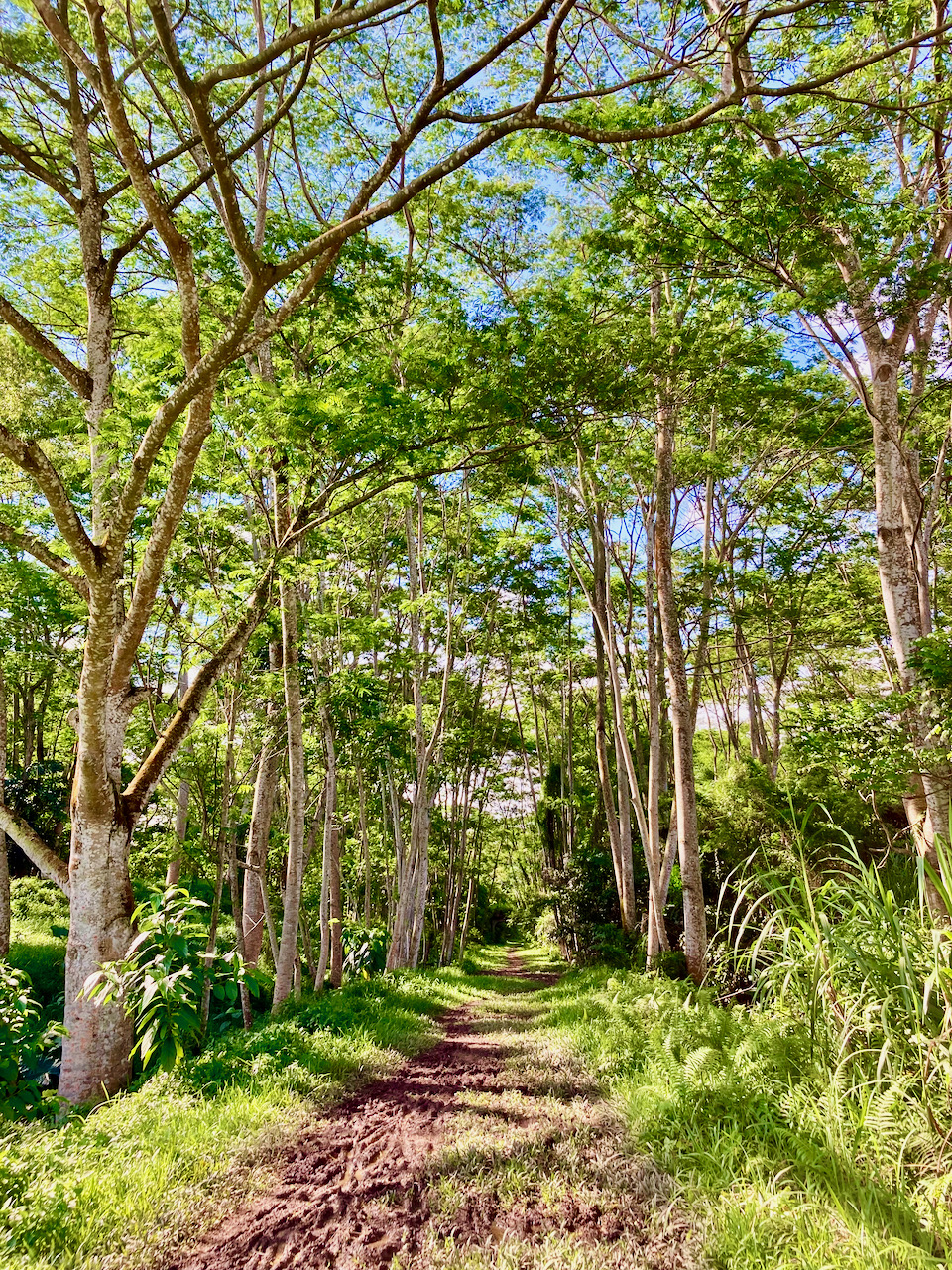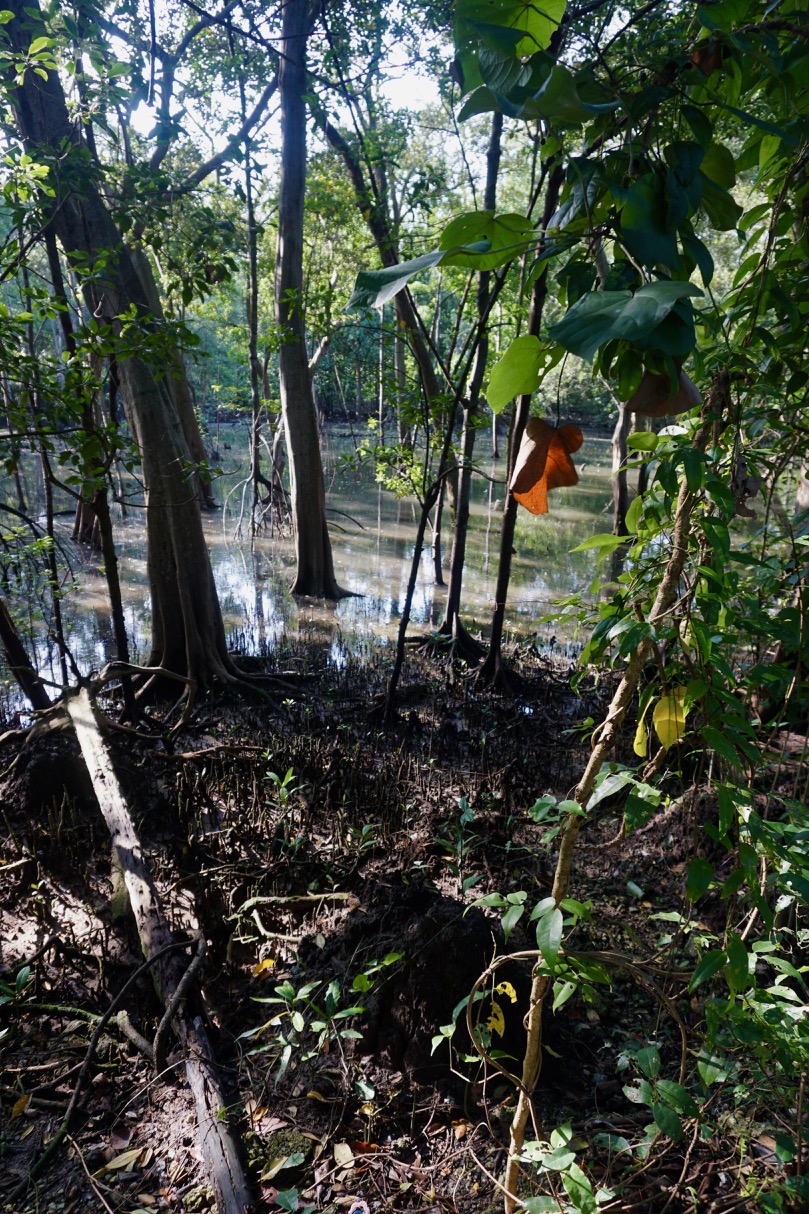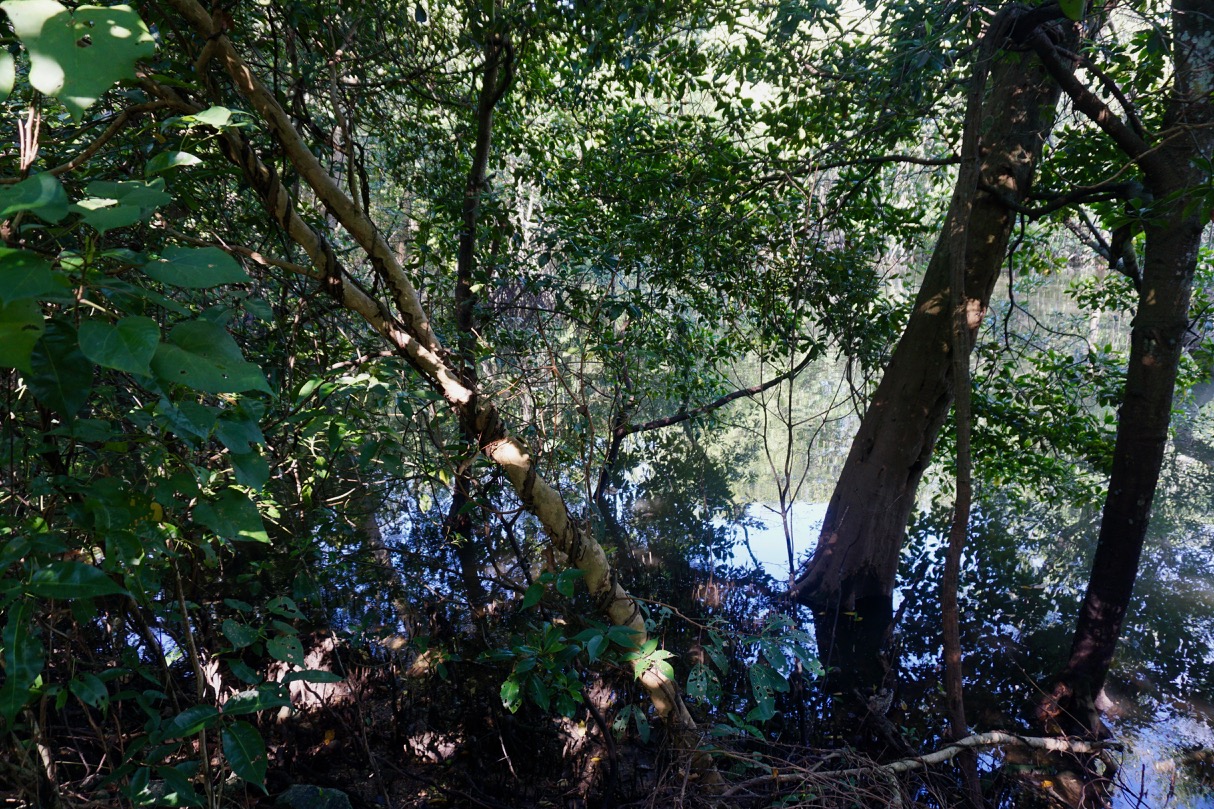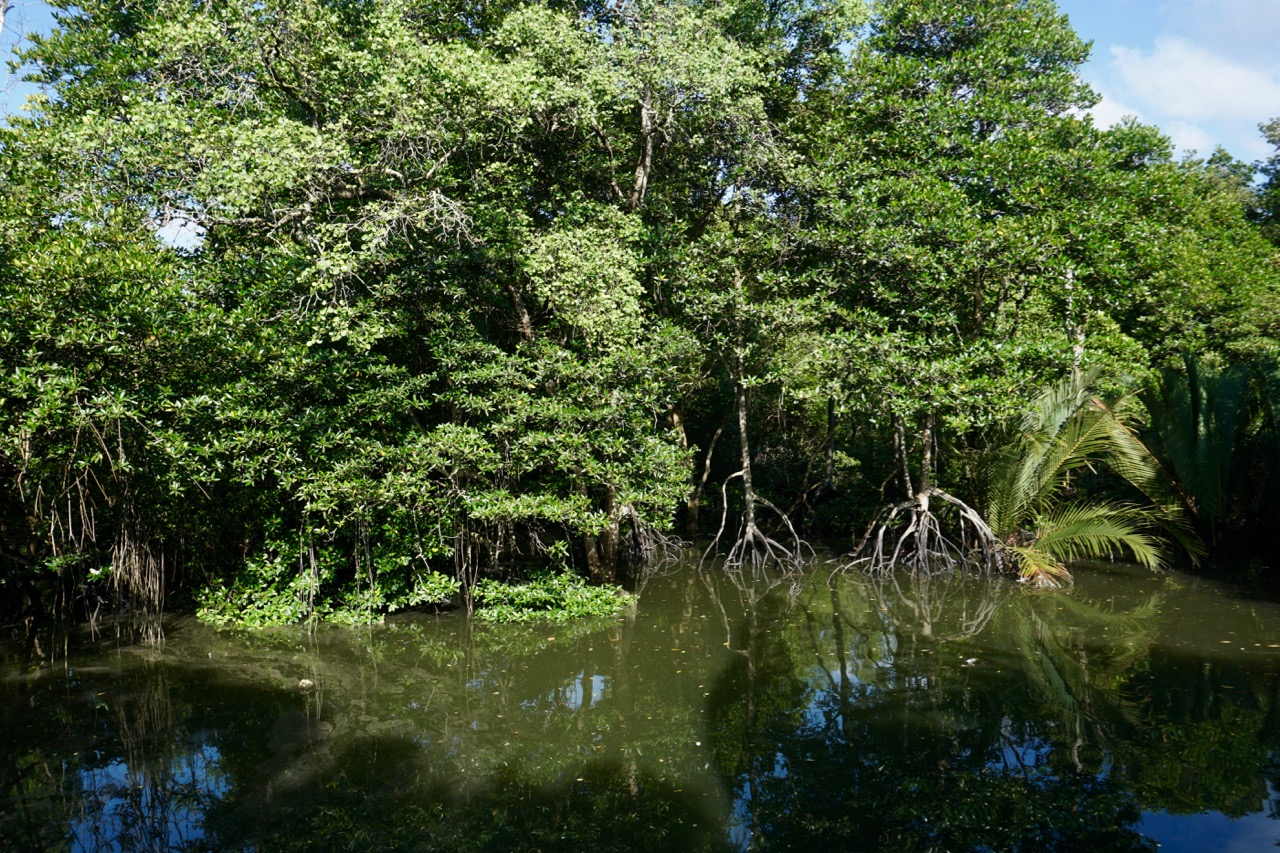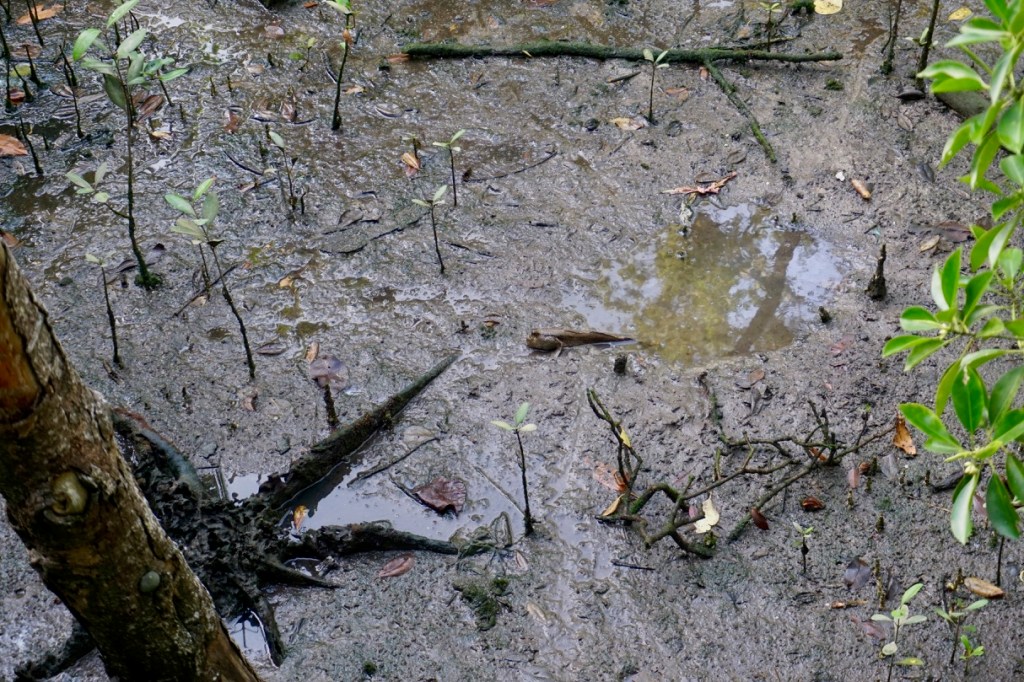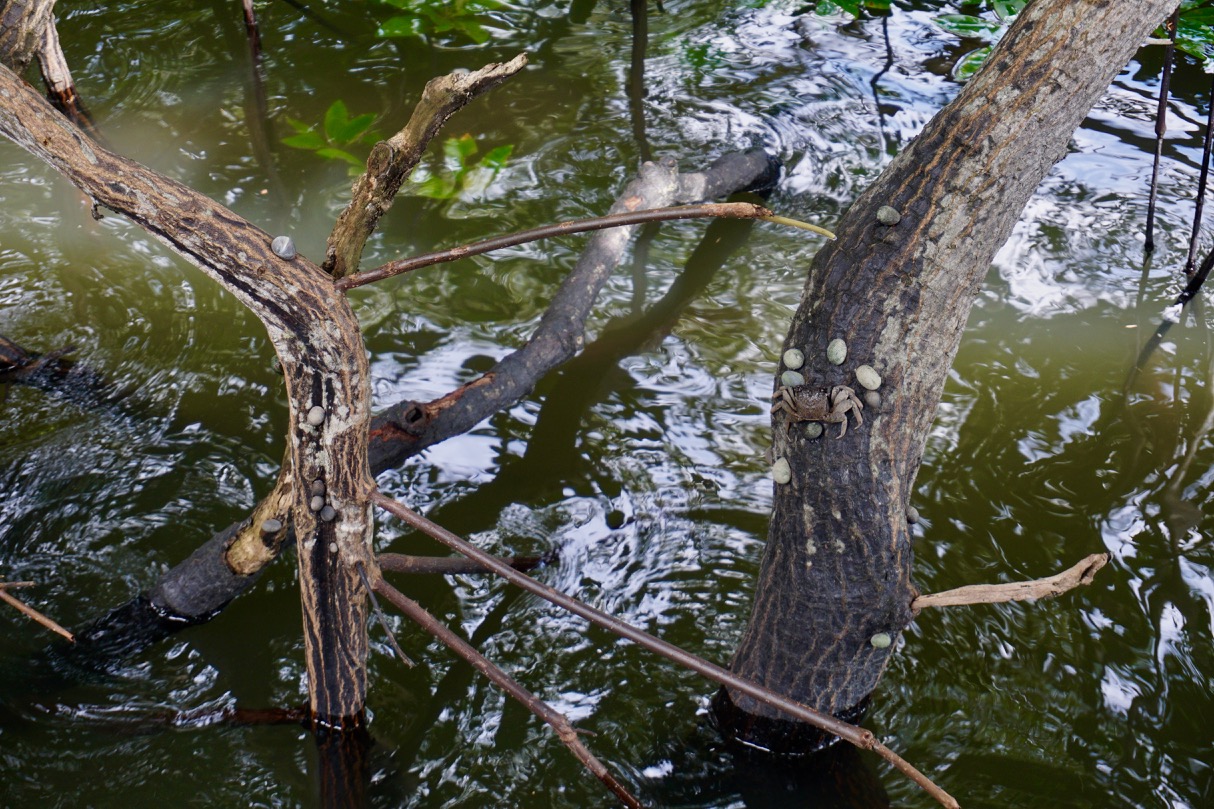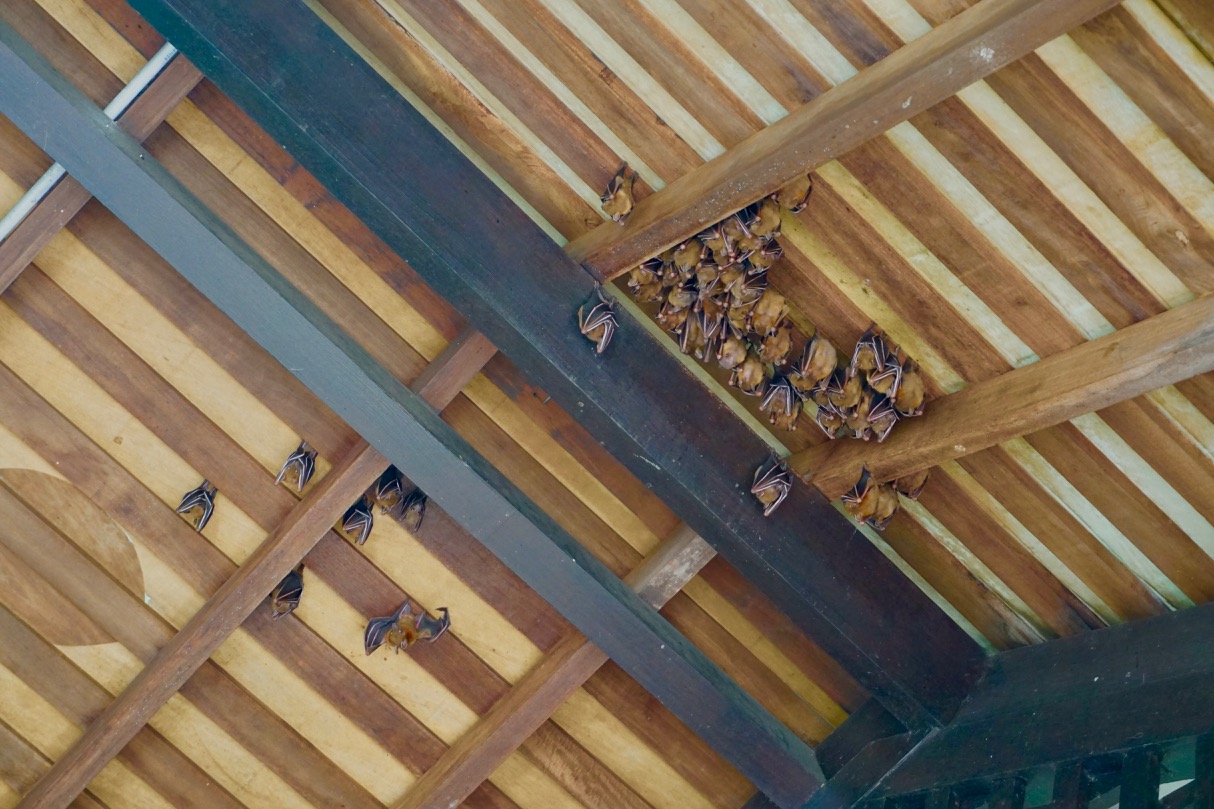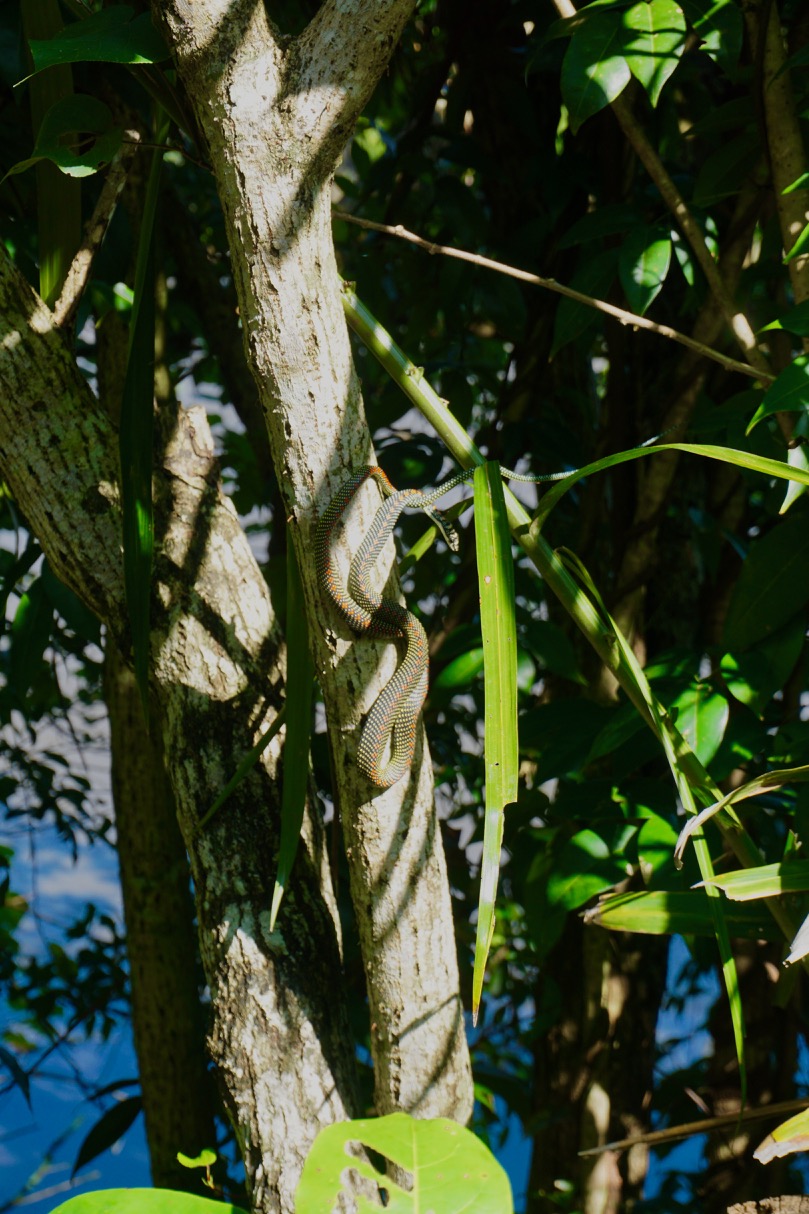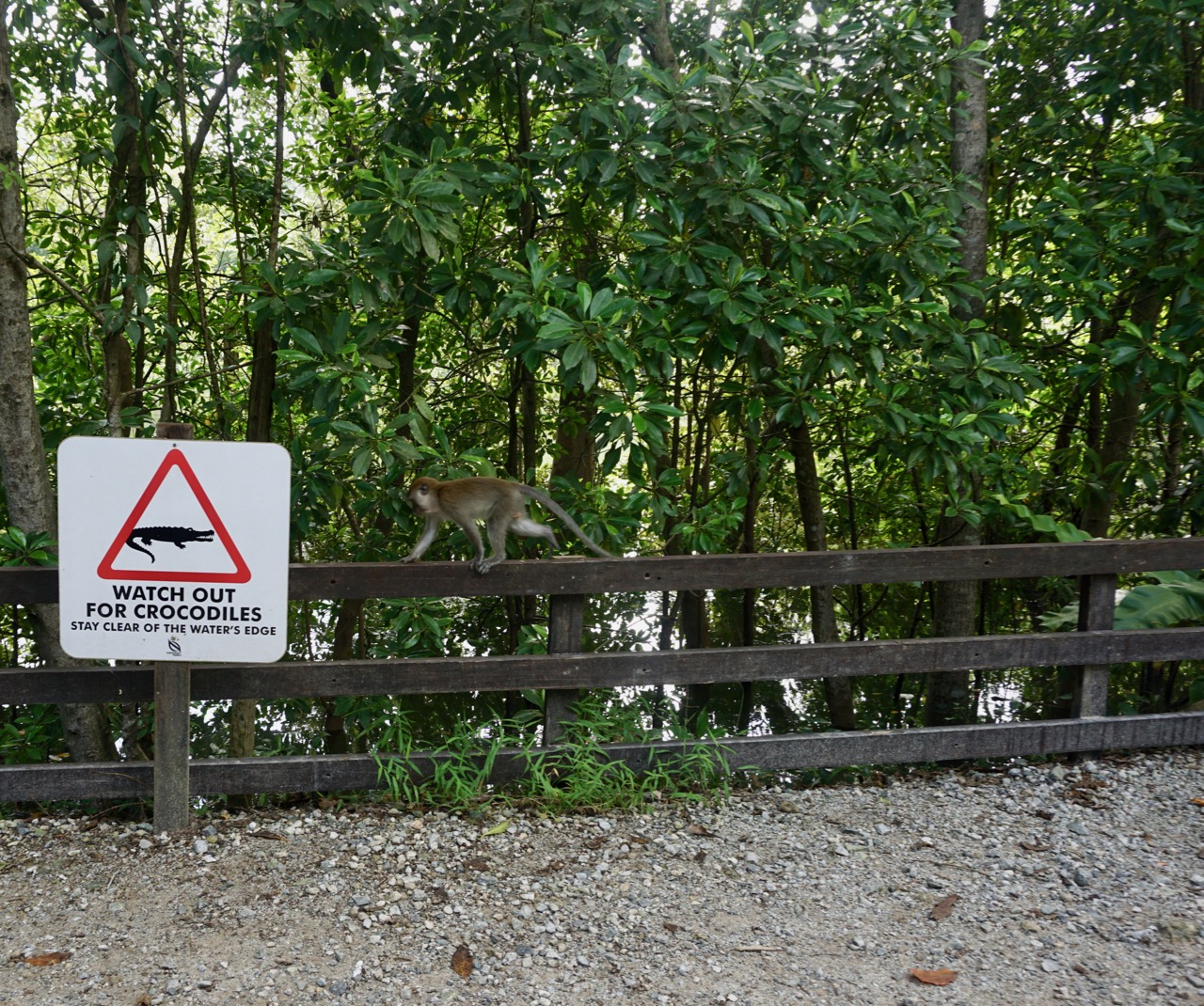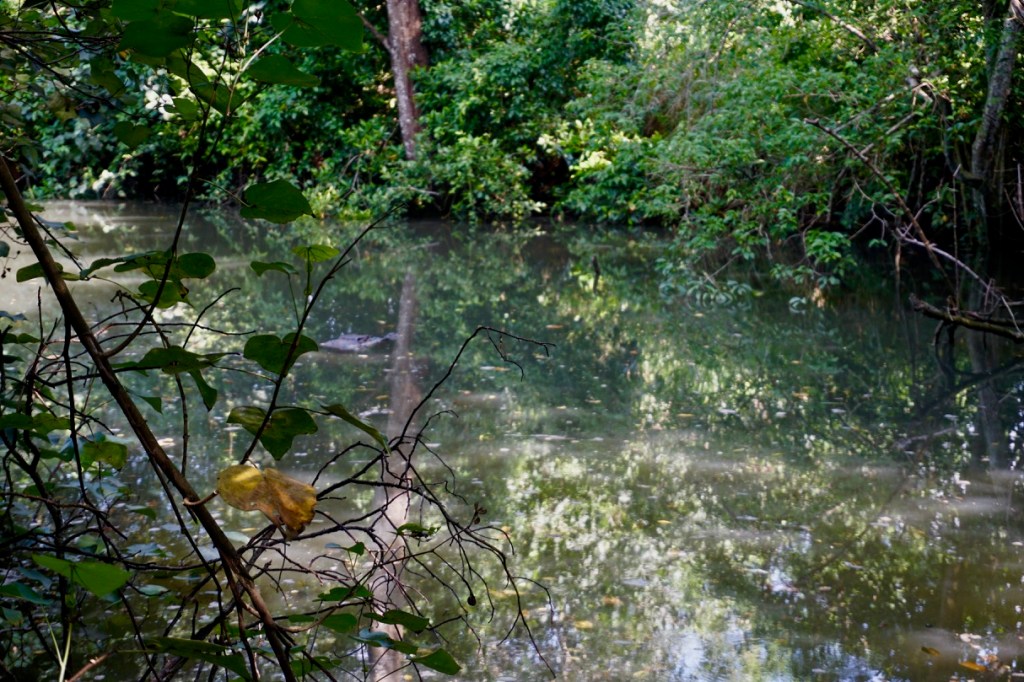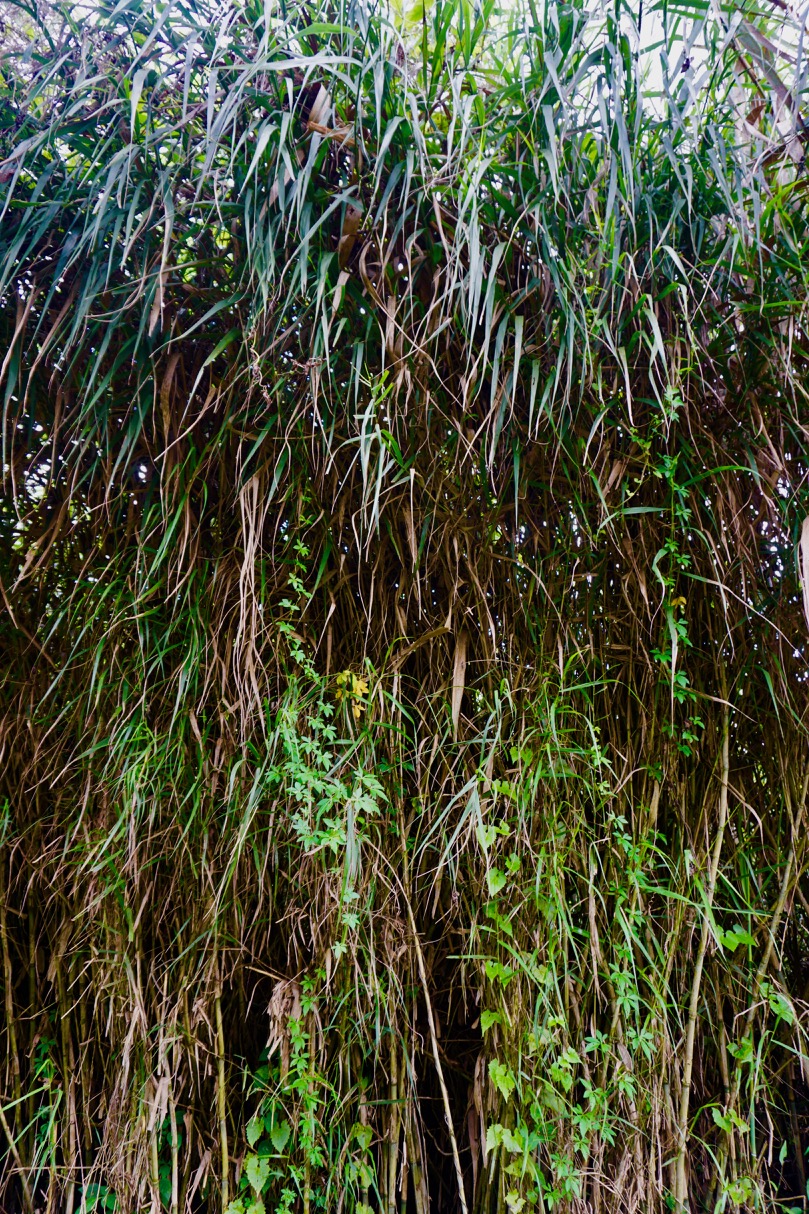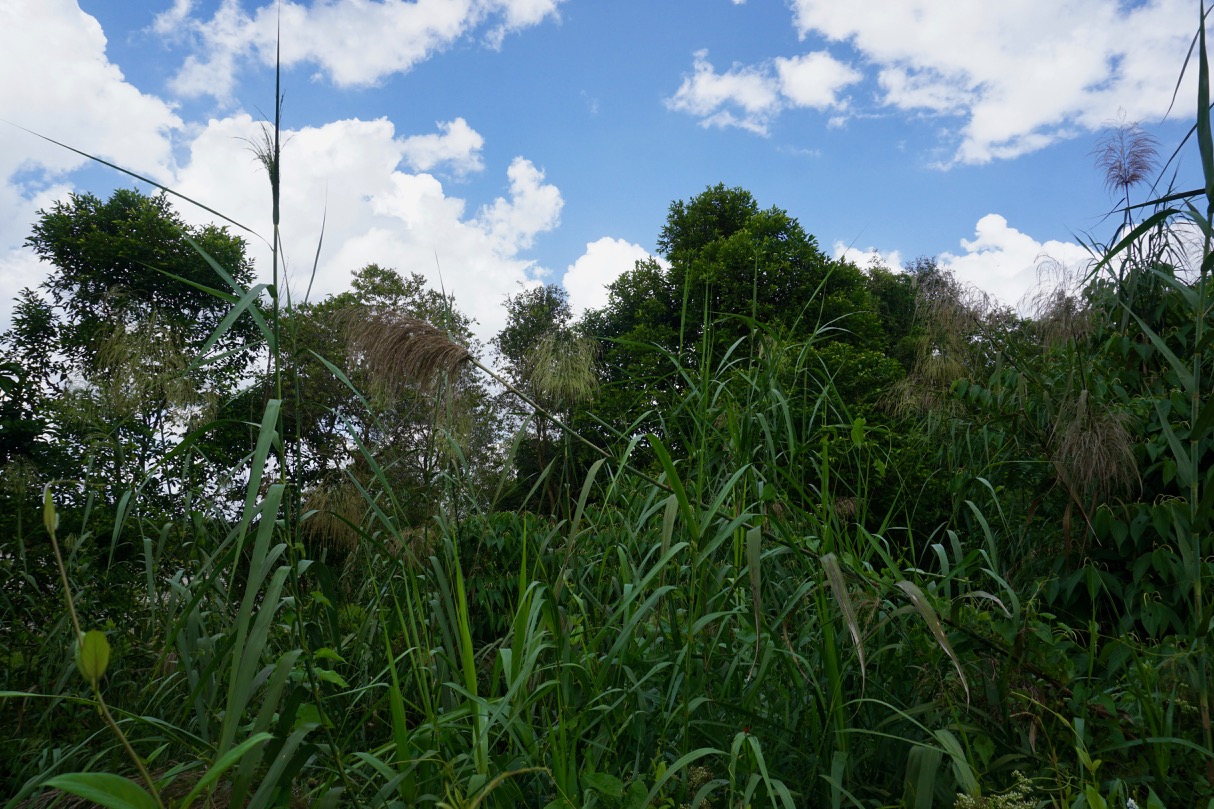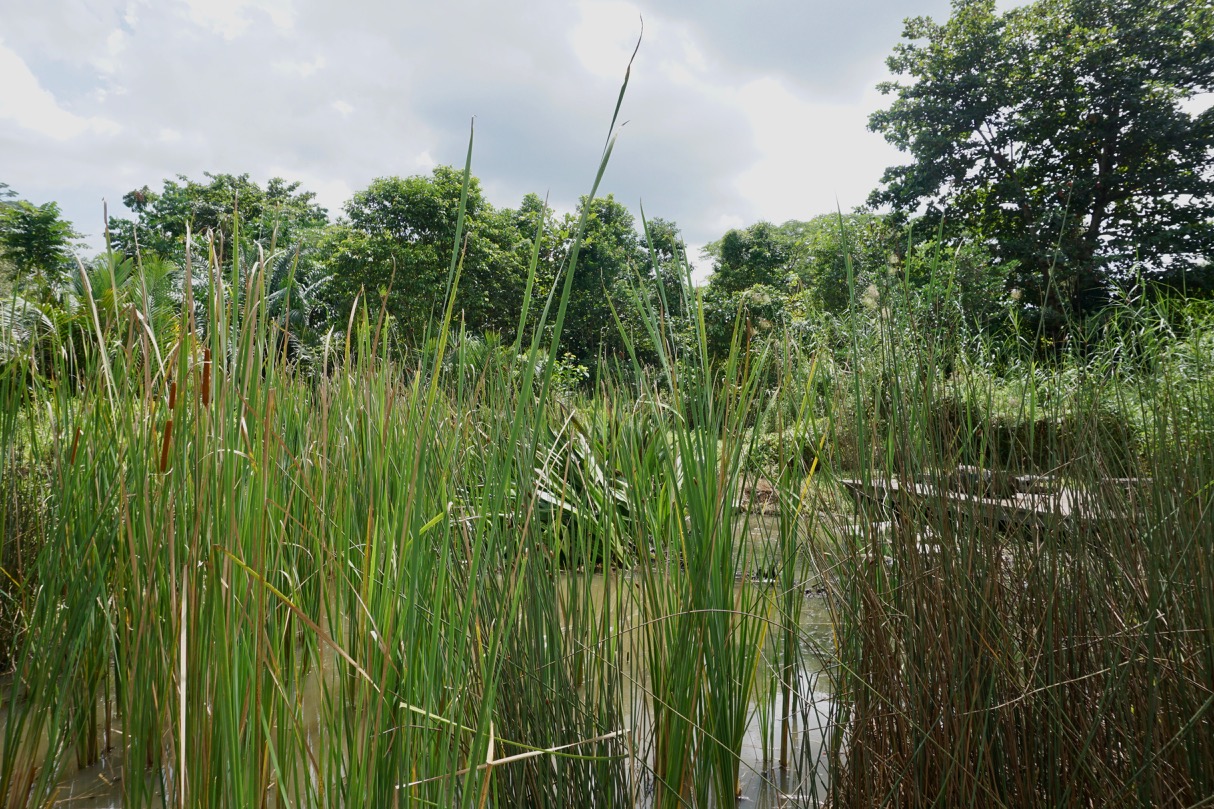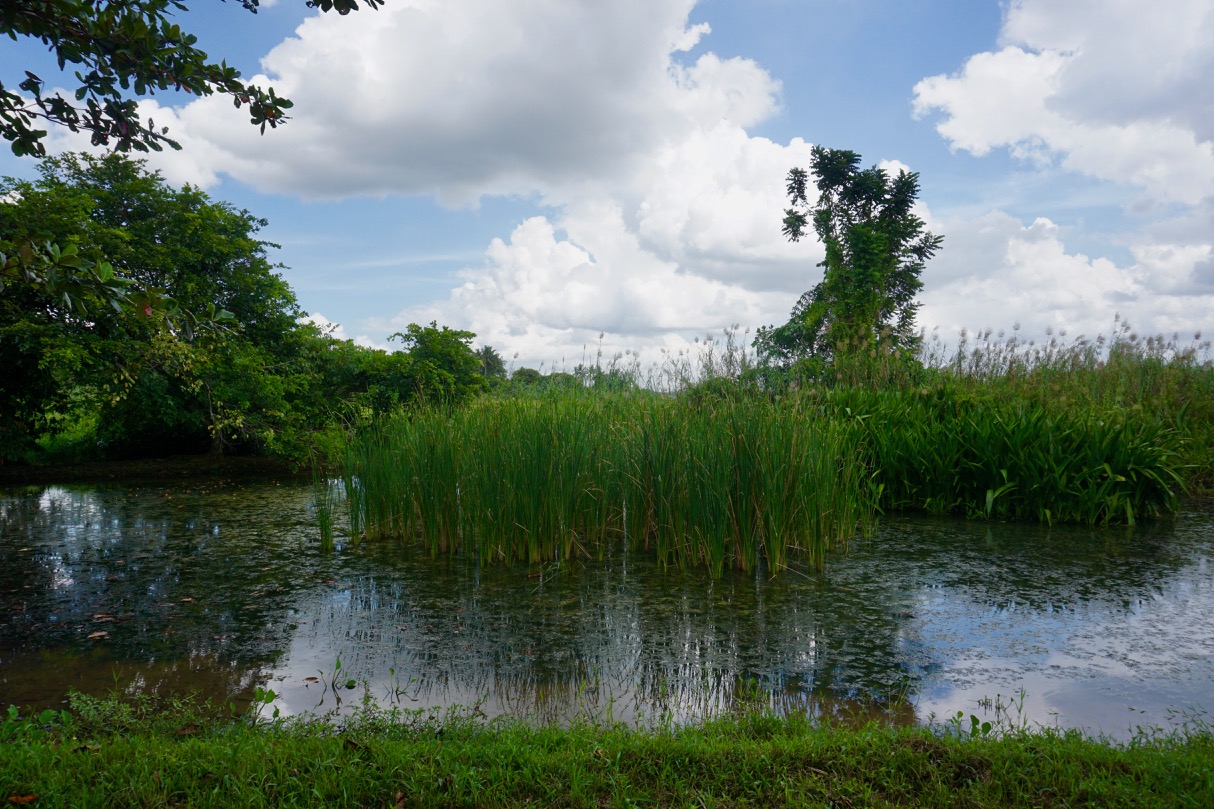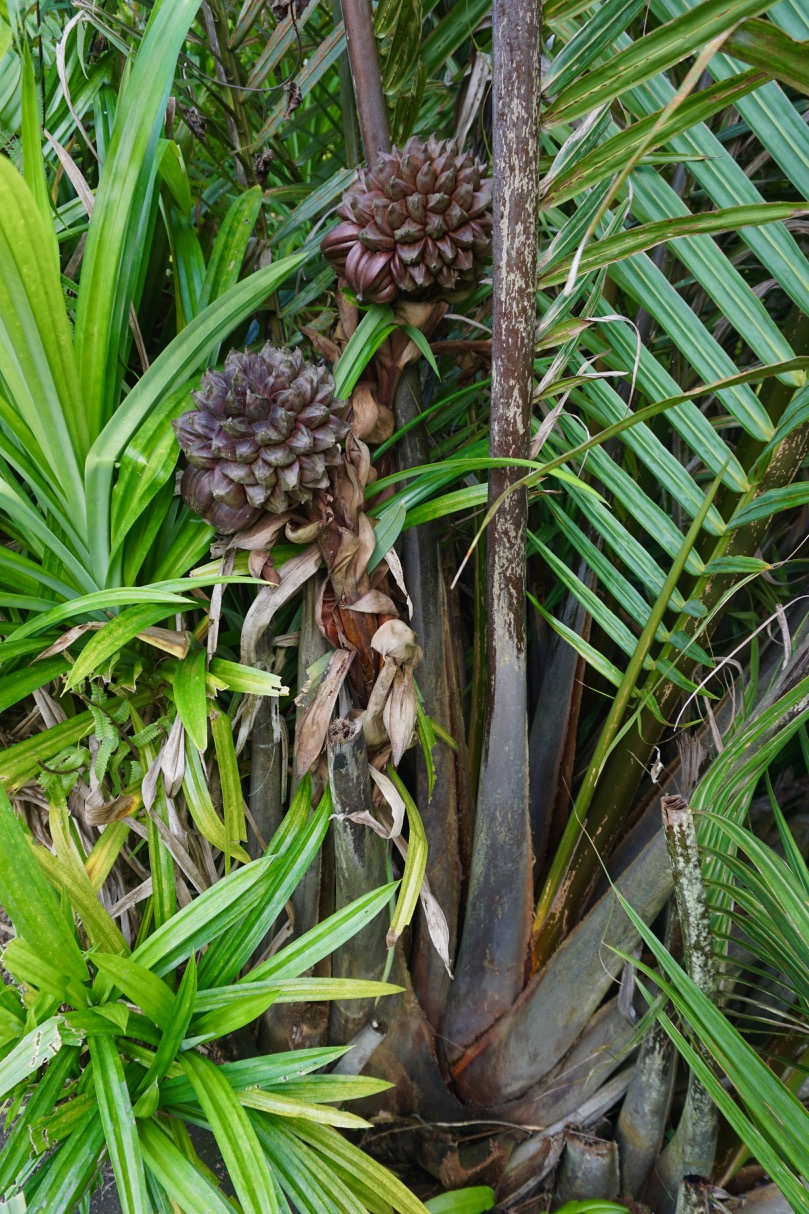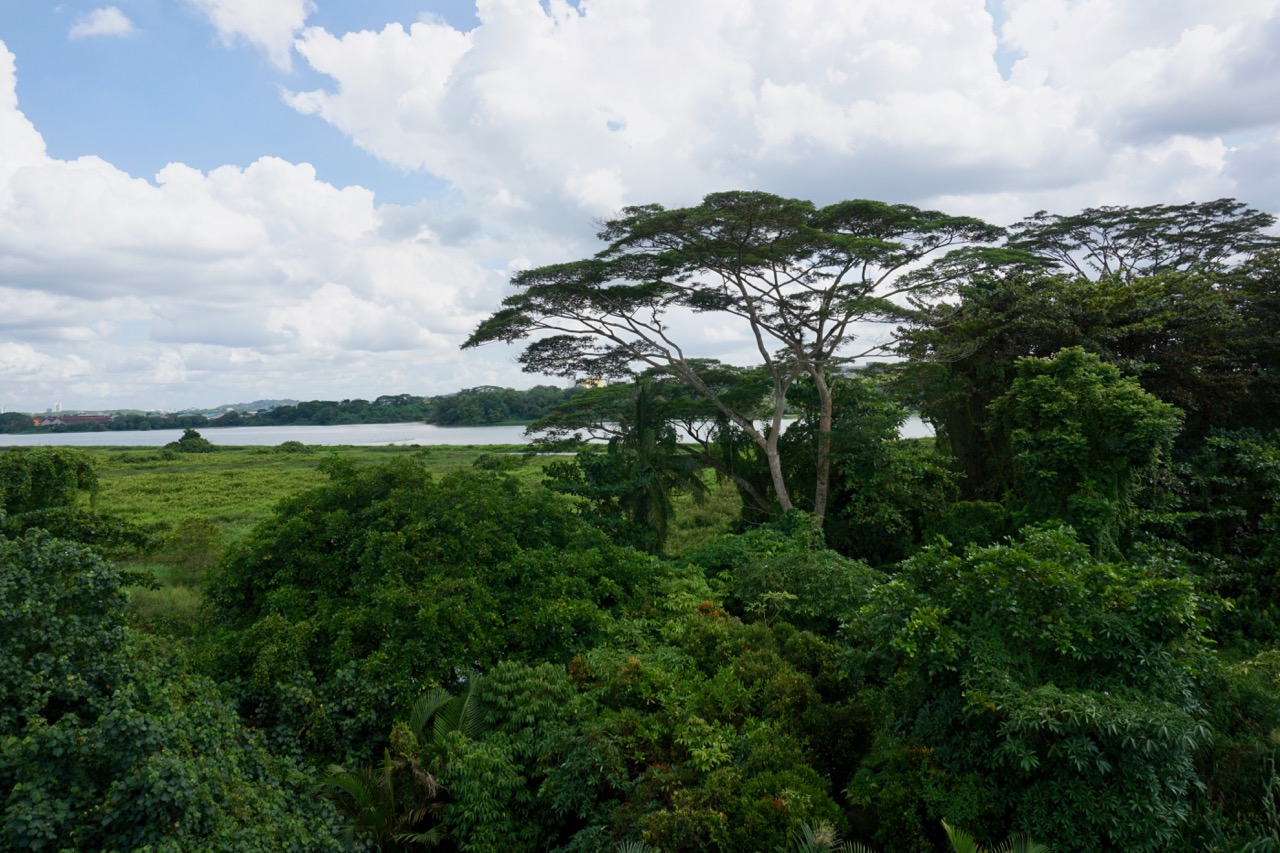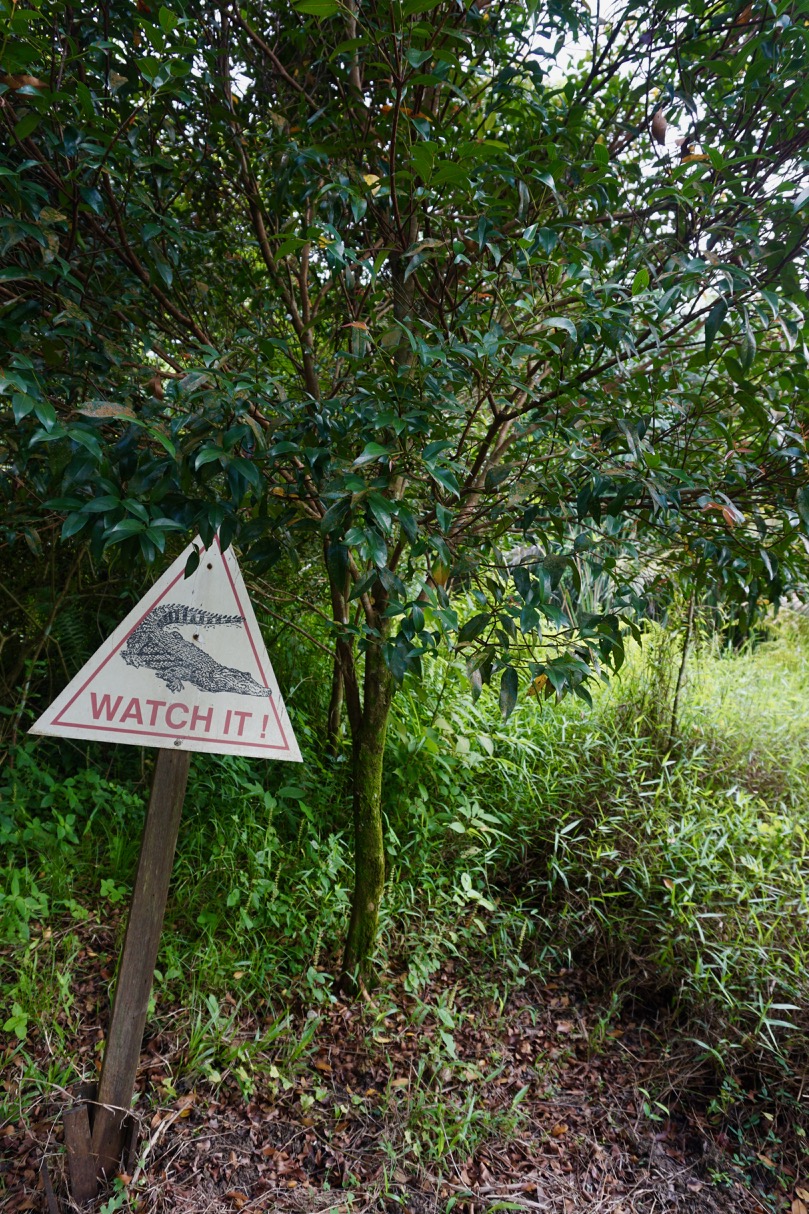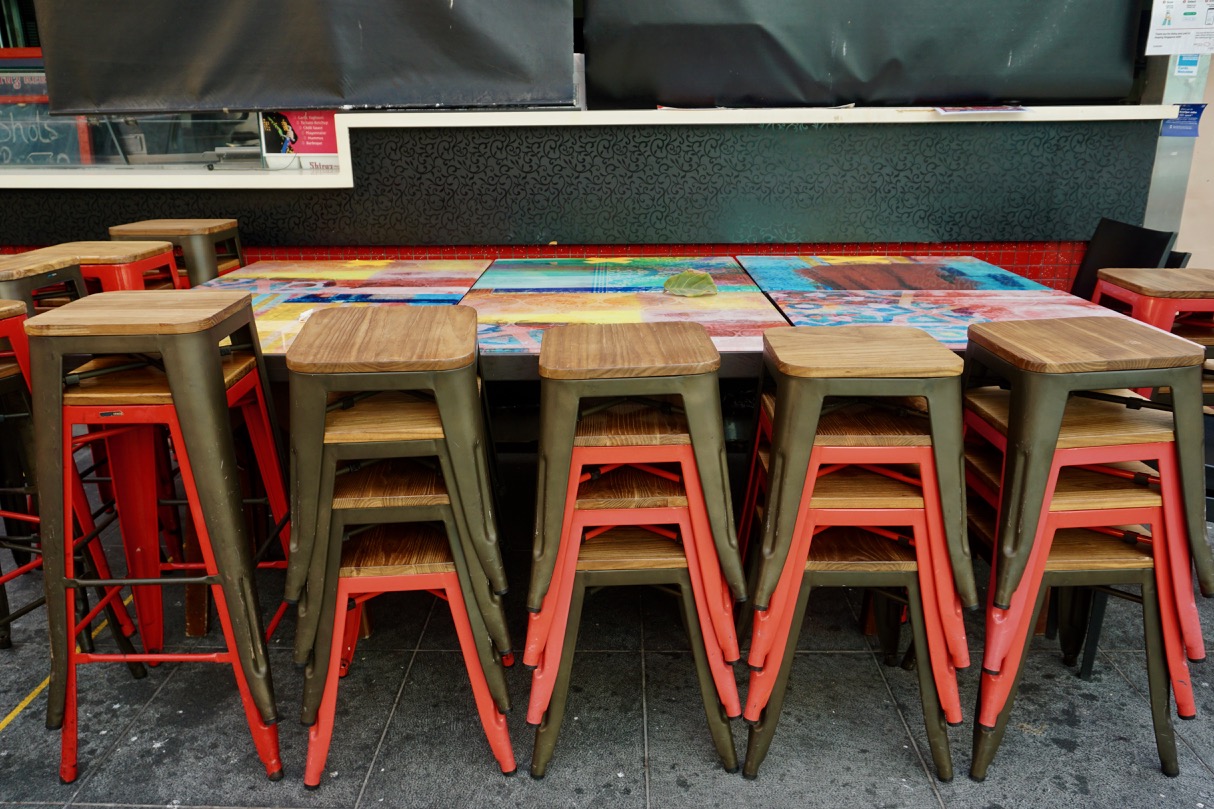That it has been two and a half weeks since my last entry and I haven’t noticed should say a thing or two about where my mind has been lately. Everywhere, nowhere, now here.
My friends, colleagues, and I are again spending the summer in Singapore. Our visa status, just like last year, does not guarantee that we will be allowed reentry. It’s hard on everyone, of course, and the best thing to do, the only thing to do, is make the best of where we are and what there is. Lucky for us, there is a great deal of life to be lived if you’re willing to go out and look.
Back in May, on a holiday weekend that otherwise would have found many of us on a plane to somewhere else, two friends and I walked Singapore’s Green Corridor from Hillview south to Tanjong Pagar. This was 13km of the 24km-long trail and I was more interested in the conversation with my friends (and some general antics) than taking photos. Two photos that I did take, however, largely summarize my experience on this part of the trail.
The Green Corridor is an abandoned, overgrown, redeveloped rail corridor that once linked Singapore with the rest of the Malay Peninsula. There were reminders of the railroad everywhere, and reminders that nature, trees, will always be there. Trees are steady, strong, resilient. They bend so that they do not break, reroot to build a new home. They shelter, they provide, they live on. I don’t need to read the research (although I have) on the power of nature to slow down the body. I am reminded every single day.
The tree in the photo below reminded me yet again. It was our first landmark on the Green Corridor. It knew, well before we knew, the role that collective resilience would come to play in all of our lives.

There were points along the walk where the rail line, a marker of what the world was and how it was defined, disappeared. There were times when we were simply walking on an open path between field and road, protected by fences and foliage on either side. Walking south, we watched the distance between ourselves and the shipping cranes in Tanjong Pagar gradually shrink. But every so often, reminders reappeared. Reminders that Singapore, like every place, has not always been what or how it is now. Reminders of how quickly development becomes redevelopment, and the impossible dream becomes the everyday.
Although fenced off and abandoned to prevent people like me and my curious friends from exploring, it was not difficult to imagine the rail depot that this once was. Singapura is the Malay name for Singapore. That’s what this place was, and at its very core, there is so much of Singapura that remains for those who ask, who learn, who look.

Just a few days ago, one of my friends and I finished the walk. We started up north this time, further north than we needed to because the maps are not obvious, and followed the rest of the trail from Woodlands south to Hillview.
Before finding the trail, we lost ourselves on a fortunate detour that took us to the Rainbow Bridge in a part of Singapore we’d never seen before.
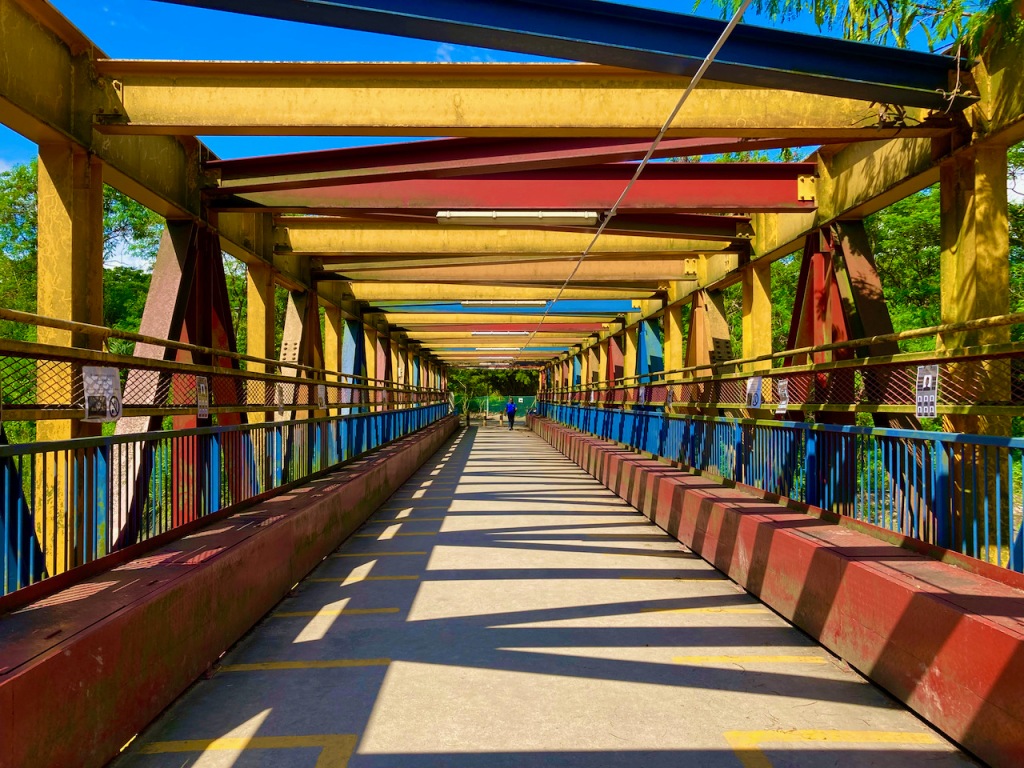
And by the time we found the trail, running perpendicular to a current MRT line, we discovered a Singapore that was well and truly Singapura, and before that, a forest.
There were a few times when this northern stretch converged with modern life, but the excitement of seeing different trees, different plants, different flowers, and hearing different birds and animals remained throughout the walk. These are parts of this place that I have never seen but that remind me, somehow, of places I have known. Perhaps in a different story in a different life.
I have a great respect for these places that have taken me from my everyday to a totally different world that was once the world. In discussions of change, I think we forget how rapidly change can occur. And because we forget that, we also lose sight of what exactly is changing, and to what degree, and when. And we forget that nature is stronger than we are.
A very special off-shoot of the Green Corridor is a short walk through Clementi Forest. We heard about it back in May when we saw a few women, covered in mud and exhilarated, rejoin the main train and celebrate. Clementi Forest is exactly what it sounds like. It’s a rainforest. Now. Again. It has grown over the rail line that is still visible through the mud, under fallen trees, and in the gully that was dug long ago to house it. To imagine this island, known for modernity, as the rainforest it used to be is today’s equivalent of the impossible dream of a world powered by technology.

And to take the time to seek out the impossible is to find yourself in a different place, a different world than what you thought you knew. And that’s just it, isn’t it? We only know what we know and there is so much out there to leave us in the child-like embrace of wonder.






